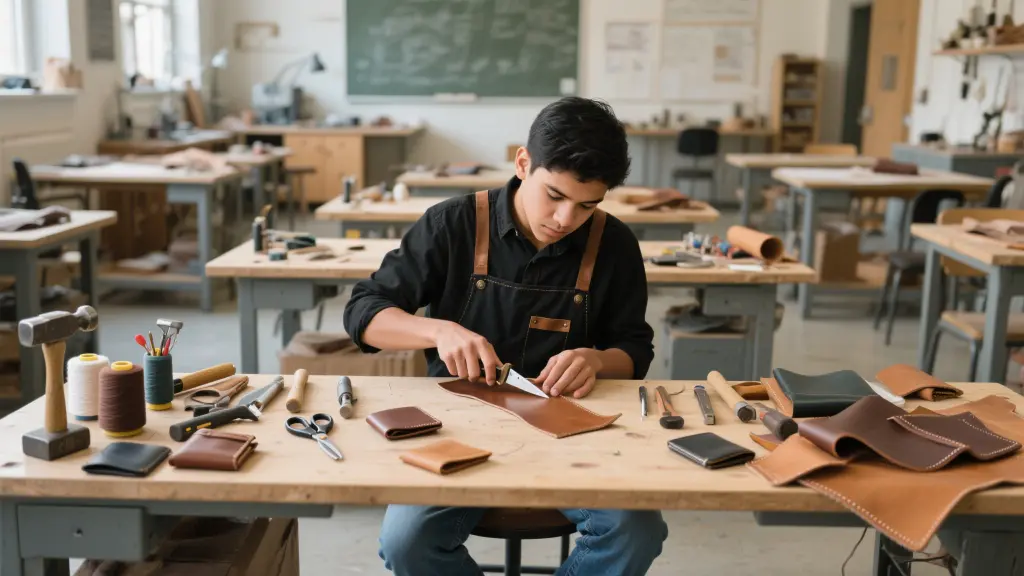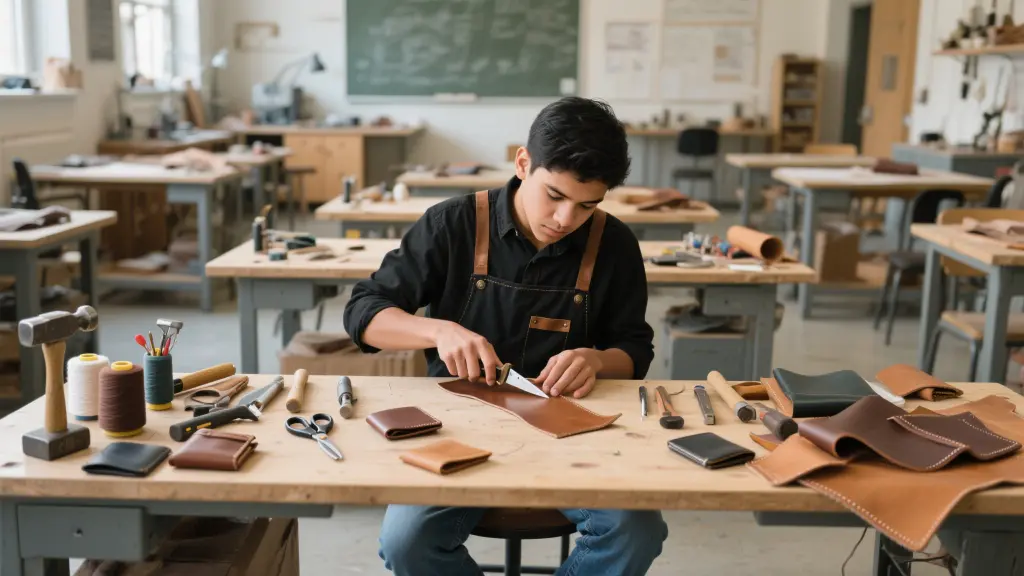Choosing the Right Materials
Before diving into your project, selecting the right materials is crucial. You can go for traditional wood, modern metal, or even repurposed materials like old pallets. Each material offers a different aesthetic and durability. Here are some common materials:
Tools You’ll Need
Make sure you have the right tools to get started. Having everything in front of you will streamline the process. Here’s a quick list:
Step-by-Step Process
Measuring and Planning
The first step is to measure the wall space where you want your shelves. Sketch the layout and determine how many shelves you want and their height. This visual plan will guide your project and help maximize your space.
Cutting and Assembly
Once you have your measurements:
Mounting the Shelves
Now it’s time to mount your shelves:

Aesthetic Touches
After your shelves are securely in place, it’s all about styling. Consider these tips:
DIY Wall Shelf Ideas
If you’re looking for inspiration, check out this table of ideas for unique wall shelf designs:
| Shelf Type | Materials | Style | Difficulty | Time (hrs) |
|---|---|---|---|---|
| Floating Shelves | Wood, Brackets | Modern | Easy | 2 |
| Corner Shelves | Plywood | Functional | Medium | 3 |
| Ladder Shelves | Wood | Rustic | Hard | 4 |
Creating stunning wall shelves is easier than you think. With the right materials, tools, and a bit of creativity, you can elevate your home decor and showcase your personal style. Happy crafting!
You can definitely customize the size and shape of your shelves to perfectly suit your needs. This is one of the most enjoyable aspects of taking on a DIY project; it allows you the freedom to think outside of the box and create something that genuinely reflects your personal style. Whether you want large, bold shelves that make a statement or smaller, more functional ones that seamlessly blend into your space, the choice is entirely yours. Just grab your measuring tape and get creative!
When you’re planning the dimensions of your shelves, keep in mind the weight of the items you intend to display. It’s essential to factor in not only the size but also the materials you’re using because some woods or designs can handle more weight than others. For example, if you’re thinking of housing a collection of heavy books, opting for thicker wood and ensuring the shelves are properly supported will be crucial. By tailoring both the size and shape, you make your shelves not only attractive but also practical, catering perfectly to your organizing needs.

What materials are best for DIY wall shelves?
The best materials for DIY wall shelves include plywood, solid wood, metal brackets, and glass. Plywood is affordable and easy to work with, while solid wood provides a warm aesthetic. Metal brackets can give a modern touch, and glass shelves add a sleek look to your decor.
How do I determine the right height for my shelves?
The right height for your shelves depends on what you plan to place on them. A common guideline is to install shelves between 12 to 18 inches apart. Ensure that the bottom shelf is at a comfortable viewing height, typically around 60 inches from the floor, making it accessible yet stylish.
What tools do I need for this project?
To successfully create DIY wall shelves, you will need basic tools such as a drill, screws and wall anchors, a level, measuring tape, and a saw. These tools will help you cut the materials to size, secure them properly, and ensure your shelves are level.
How do I ensure my shelves are securely mounted?
To ensure that your shelves are securely mounted, locate the wall studs before installation and use appropriate anchors and screws for the weight of the items you plan to place on the shelves. It’s a good practice to pre-drill holes for your screws to avoid splitting the wood.
Can I customize the size and shape of my shelves?
Absolutely! One of the best things about DIY projects is the ability to customize. You can cut your shelves to any size or shape that fits your space and style. Just be sure to account for the weight of any items you plan to place on them when determining dimensions.
